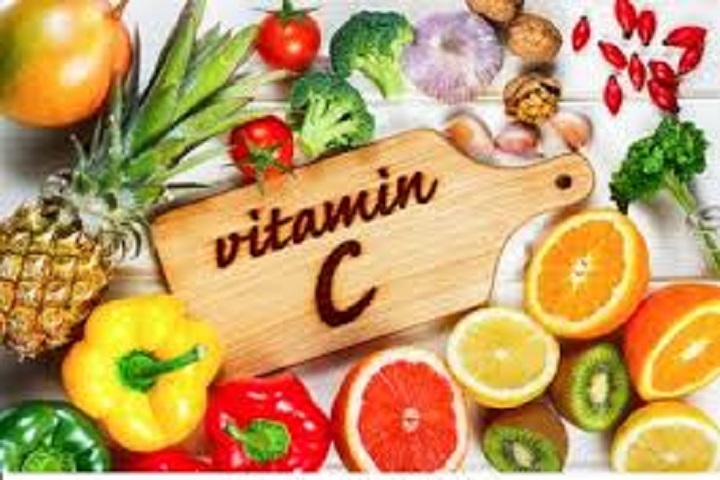Introduction
Foam-mat drying is a promising new development in the field of drying aqueous foods. This method offers a wide scope for application in the vegetable puree and fruit juice processing industry as it enables the dehydration of heat-sensitive foods or which are difficult-to-dry, sticky, and viscous under relatively mild conditions without undue qual[1]ity change.
This technology is finding an increasing application and importance on a commercial scale mostly in the drying of liquids that tender a high-quality concentrate such as milk, fruit, juices, soluble coffee, etc. The foam-mat drying is a process in which the transformation of products from liq[1]uid to stable foam follows air drying at relatively low temperatures to form a thin por[1]ous honey-comb sheet or mat which is disintegrated to yield a free-flowing powder.
The dried product obtained from foam-mat drying is of better quality, porous, and can be easily reconstituted. The concentration of the material prior to conversion into stable foam may or may not be an essential requirement and will depend on surface tension and the consistency of the product. In spite of the fact that a large volume of gas present in the foamed mass impedes the higher rate of heat transfer, the drying rate is comparatively high because of the enormous increase in the liquid-gas interface.
The advantages of the foam-mat drying process include relatively fast drying, easy reconstitution, and better quality product. The renewed process is of potential interest in foam-mat drying for developed and developing countries for its simplicity, rapid drying at a lower temperature, suitability for all types of juices, retention of nutritional quality, and cost-effectiveness for producing easi[1]ly reconstitute juice powders.
History
In 1950 Eddy reported that the process of production of free-flowing powders of fruits and vegetables by spray drying or drum drying is facing great difficulties. To overcome these problems he recommended the use of methylcellulose for the preparation of spray-dried grapefruit and orange juice powders. Foam mat drying originally was developed by Morgan et al.
in 1959 at the Western Regional Research Laboratory of the U.S. Department of Agriculture. The foam-mat process involves drying thin layers of foamed material in heated un-dehumidified air at atmospheric pressure and is reported to be considerably cheaper than vacuum, freeze and spray drying methods.
Process
The essential steps in foam-mat drying are as follows:
a) Pre-treatment of the raw material and preparation of liquid concentrate;
(b) Conversion of the concentrate into a stable foam by incorporating air or other gases and a suitable foaming agent;
(c) Exposing the foam in the form of a thin sheet to a current of hot air until it is de[1]hydrated, or by hot water conduction method; and
(d) Conditioning and grinding of the dried porous mass into an easily reconstitute powder in water.
Process of foam mat drying as developed by Morgan involves drying of liquid or semi-liquid food concentrate in the form of a stabilized foam prepared by the addition of a stabilizer and a gas to the liquid food in a continuous mixer and drying it in heated air at atmospheric pressure. Stable gas-liquid foam is the primary condition for successful foam drying. For natural forms, such as egg whites, pineapple juice, etc., there is no need to add any foaming agents.
Vegetable proteins (e.g., solubilized soy protein), gums, and various emulsifiers (e.g., glycerol monostearate propylene glycerol monostearate, car[1]boxy methylcellulose, trichlorophosphate) are typically added to juices, pulps, purees, or concentrate as foaming agents. Mixtures are whipped to form foams using a suitable blender or specially designed device.
Conclusion:
The foam thus formed is spread as a thin mat or sheet and exposed to a stream of hot air or hot water conduction surface method until it is dried to the required moisture level. The dehydrated product is milled and converted into powder. Foam-mat drying of the foamed product in the form of a thin layer (0.1 to 0.5mm) is generally carried out between 65 and 85°C for a very short duration, as the foam re[1]duces drying time much fold.
A continuous belt tray dryer, as well as a slightly modified spray dryer, can also be used for this process. As such no complete foam-mat drying sys[1]tem is readily available in the world. Many organizations/researchers are working on this aspect and the Central Institute of Post Harvest Engineering and Technology (CIPHET) an ICAR institute, Ludhiana India is one of them.
Canuckle offers a unique twist on word games. It captures the essence of Canadian culture beautifully. Engage your mind while discovering Canadian terms. This game is a fantastic way to challenge yourself. Try Canuckle today and enjoy a fun, educational experience.
 TRUTHREVIEWERS
TRUTHREVIEWERS




